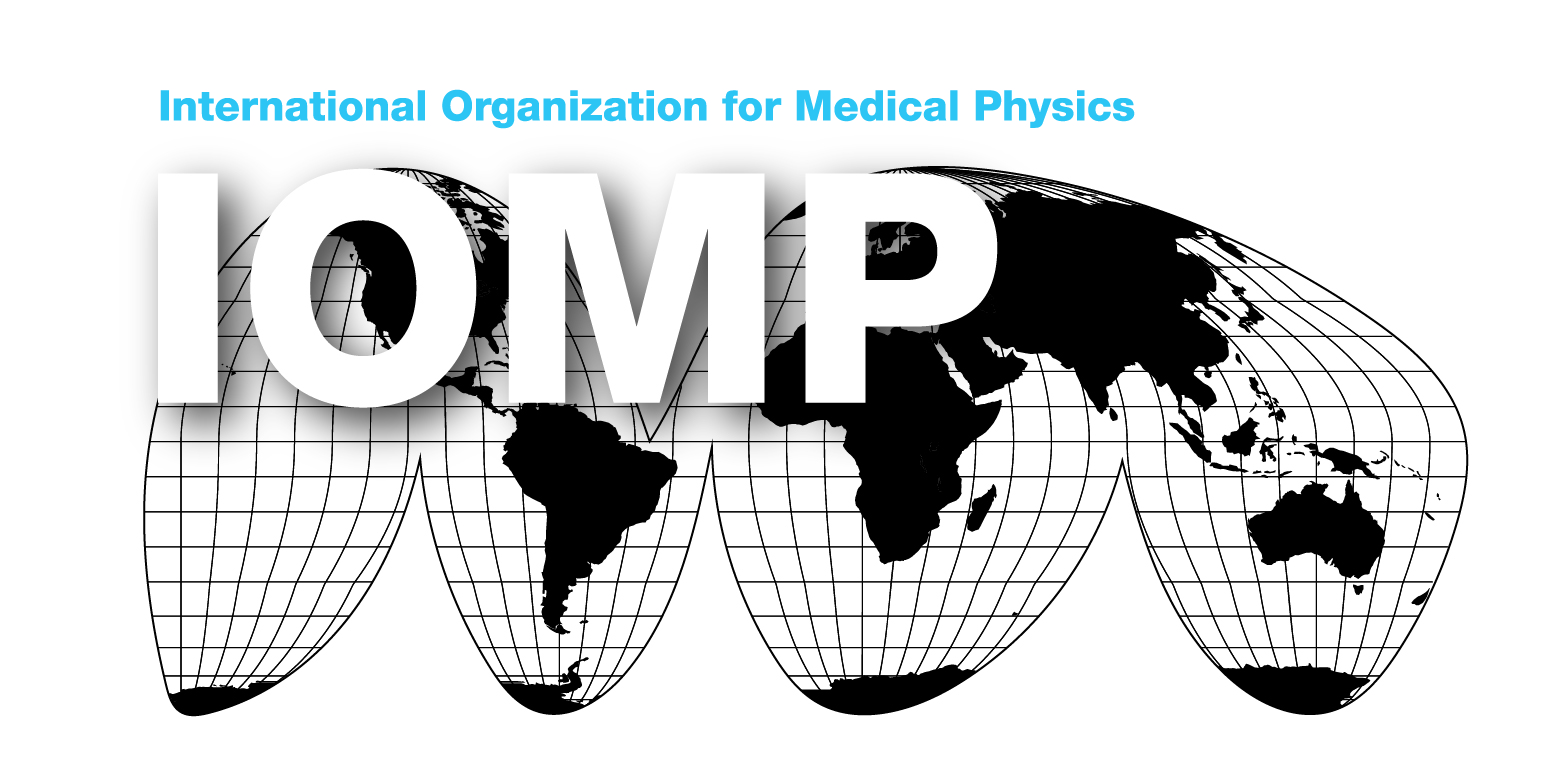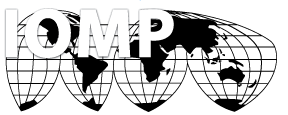
Dr Zoe Brady (PhD, MACPSEM)
Chief Imaging Physicist / Radiation Safety Officer
Alfred Health, Melbourne, Victoria, Australia
![]()
Even though we had warning from watching the COVID pandemic unfold in Wuhan, China, little did I expect my medical physics work to change so rapidly. As Chief Physicist of a team of five imaging physicists across Radiology and Nuclear Medicine in one of the largest public teaching hospitals in Melbourne, I didn’t pre-empt major changes to our work.
Our physics team started keeping a diary from 8 March 2020, which is when we began fielding questions that were arising directly from issues related to COVID. In Victoria (a state of Australia with a population of about 6.5 million) there were 15 confirmed COVID cases at that time (1). As of today (1 April 2020) there are 968 cases, a 65-fold increase in 24 days. There are still only a handful of COVID patients in our hospital.
We have been involved in preparation work for the expected surge of patients; some of it medical physics, some radiation safety and some of it providing computing support to the imaging department for a daily dashboard. The type of medical physics work that we have been involved in includes:
- Chest X-rays (CXR) through glass doors: We have established a protocol to take CXRs through the glass of isolation rooms occupied by COVID patients. This allows us to keep the X-ray unit “clean” and only the digital detector is taken into the room, considerably speeding up workflow. Higher technique factors are used to account for glass filtration and the extra distance. Scatter measurements were used to determine optimal position for the radiographer initiating the X-ray (minimising backscatter exposure from the glass) and for the radiographer in the isolation room. We have measured the half-value-layer (HVL) of several types of glass to optimise parameters. We do not use this technique through lead glass. The “magic glass” in ICU that can be frosted/unfrosted has a higher HVL. Typical exposure parameters are 110 kV, 4-5 mAs.
- Mobile CXRs: Two metres (m) was considered sufficient distance from the body part being imaged to ensure negligible exposure to other patients, staff and members of the public. However, ED cubicles will not necessarily allow this wide an exclusion zone. Based on scatter measurements, our new policy is to have a 1 m exclusion zone around the chest of the patient. This is based on a 2 microsievert (µSv) constraint, which is about half a day of background radiation and considered negligible. In fact, at 120 kV (to be conservative), for an erect CXR, forward scatter was 0.25 µSv/mAs at 1 m. The exclusion zone is therefore conservative. Radiographers are still over 2-3 m away when using the extendable cord.
- Shielding designs for new X-ray rooms: We have undertaken shielding designs for two new X-ray rooms that will be serviced by mobile X-ray units. These rooms were chosen and built in less than two weeks. A feat not usually possible. Mobile X-ray screens will be utilised for the radiographer and where possible we have isolated the room (by distance) to minimise shielding requirements. We have assumed a (surreal, but possible) workload of one patient every 15 minutes, 24 hours a day, 7 days a week. These will be COVID positive patients.
- Relocation of Iodine-131 (I-131) therapy treatments: Overnight the two shielded rooms that we use for I-131 therapies have been repurposed for COVID ICU rooms. We are quickly reviewing options to treat patients in other hospitals. We have previously had an arrangement approved using a corner room on a high level of the hospital with adjacent rooms empty. This is not ideal, but the physics team will work closely with the clinical teams to find the best solution that ensures patients who critically need the treatment can still receive it.
- UVC germicidal disinfection: Radiation safety at all energies is within our scope of work. We have been implementing the use of an in-room UVC decontamination device. We are also reviewing methods that are being used in the United States for possible PPE decontamination using UVC.
On another note, it is interesting to see how the hospital ramps up to accept a surge of patients which are at risk of contaminating areas and other people. It is the type of scenario that would be relevant for a major radiological disaster. I have a much better perspective on how we can isolate areas of the hospital and the magnitude of mobilisation that is possible across a large public health network, virtually overnight.
We are learning new strategies to provide valuable medical physics services at this time. Support within our community is essential to that process. Good health to everyone in this challenging time.
Victorian Department of Health and Human Services (DHHS) Surveillance of notifiable conditions, accessed 2 April 2020, https://app.powerbi.com/view?r=eyJrIjoiODBmMmE3NWQtZWNlNC00OWRkLTk1NjYtMjM2YTY1MjI2NzdjIiwidCI6ImMwZTA2MDFmLTBmYWMtNDQ5Yy05Yzg4LWExMDRjNGViOWYyOCJ9

